Debt-Related Underwriting Nuances
In the realm of loans and investments, it's crucial to comprehend the term, pre-payment penalty, and other nuances for potential loans on investments. Understanding these aspects is particularly vital for value-add business plans and CMBS debt. Accurately projecting levered IRR and exploring alternative financing options can greatly benefit investors.

It is often said that “the best loan isn’t all about the lowest interest rate.” It is often said by a lender selling the importance of relationship, or by a bridge originator selling more proceeds or a smoother draw process. However, it is true – and for borrowers / investors, more even than for lenders, it is important to understand the term and pre-payment penalty for a potential loan on an investment. This is especially true for value-add business plans and CMBS debt (many investors turned to CMBS after the agencies pulled back in Q3 of this year). However, CMBS is nowhere near as flexible as the agencies when it comes to the assumption process and supplemental loan proceeds. The agencies’ supplemental loan programs can really save investors in yield maintenance scenarios. Investors usually choose yield maintenance on a 10-year loan because it allows the lender to provide the lowest possible interest rate and highest possible leverage. In return, investors limit their options. Since yield maintenance is an extremely expensive pre-payment penalty, borrowers often find themselves unable to sell or refinance when desired, or having to sell on an assumption basis, which usually reduces the price achieved at sale.
These realities, however, are often absent from investors’ 5-year underwriting analyses. I often see projected $0 financing fees upon sale, or exit cap rates that do not account for lower sale price with loan assumptions (of course, presumed exit caps are often too low to begin with). One way to accurately project levered IRR in a 10-year loan scenario while also reflecting yield maintenance is to simply underwrite to a 10-year hold. This will conservatively lower IRR expectations (due to time value of money) and also ensure that sponsor and investors are comfortable with the returns even if they are stuck holding the deal until closer to loan maturity. Another way to account for yield maintenance on a 5-year hold would be to raise exit cap (25 bps feels right) or to calculate the yield maintenance pre-payment penalty assuming a sale at 5 years. Alternatively, other permanent financing options avoid yield maintenance altogether – loans with shorter terms, more aggressively declining prepayment penalties (step-down), or floating rate loans which offer cheaper prepayment.
While permanent financing is relatively straightforward, bridge loans demand different underwriting and often have added complexity. In my view, investments financed with bridge should be underwritten to a 3-year hold, since that is usually the loan term – and the expectation is to sell or refinance within that period. Better a projected 3-year hold than a projected 5-year hold achieved by assuming a refinance when the bridge loan matures; refinancing creates uncertainty and complication in the model while welcoming a litany of questions from investors. Moreover, I believe it is misleading to call a 3+1+1 bridge loan a “5-year loan” and underwrite to a 5-year hold without including the necessary extension fees in the underwriting model.
Although refinances are best avoided in underwriting projections, it is nonetheless still critical to perform exit tests and stress the possibility of refinancing out of the bridge loan at maturity. This can be done by stressing the property’s revenue while also raising the exit cap and interest rate to see if the projected take-out loan still has proceeds sufficient to pay off the existing bridge. Bridge loans are ideal for executing turnaround business plans, but very few deals today actually pass this stringent bridge loan exit test. To avoid this possible downside scenario, investors seeking the flexibility of a bridge loan but buying properties without high upside, should opt for a lower leverage, lower interest Freddie Mac floating-rate loan (Freddie floater). Other options also exist for this type of financing but are less discussed since they often require a recourse guaranty.
There are other nuances that must be considered when analyzing a bridge loan: interest reserves, capex reserves, and replacement reserves. We always assume that reserves are fully spent. Replacement reserves can often be negotiated out of bridge loans (at least for the first year), but it is still wise to factor reserves into terminal NOI to avoid overstating projected sales price.
We continue to seek investments in today’s competitive environment that support bridge debt, but finding deals with the upside needed to prudently take on a high-leverage bridge loans is challenging.
